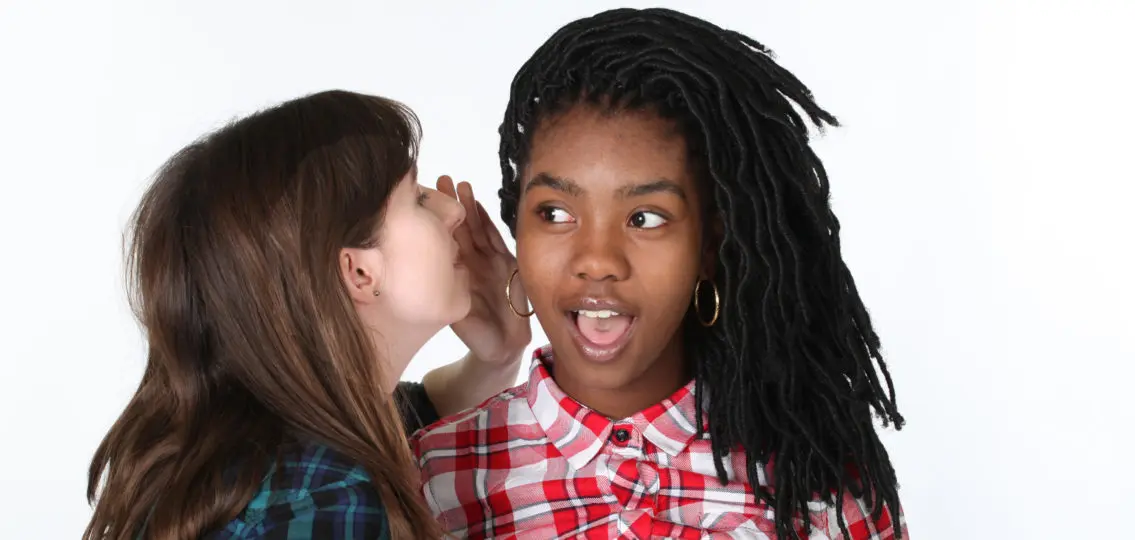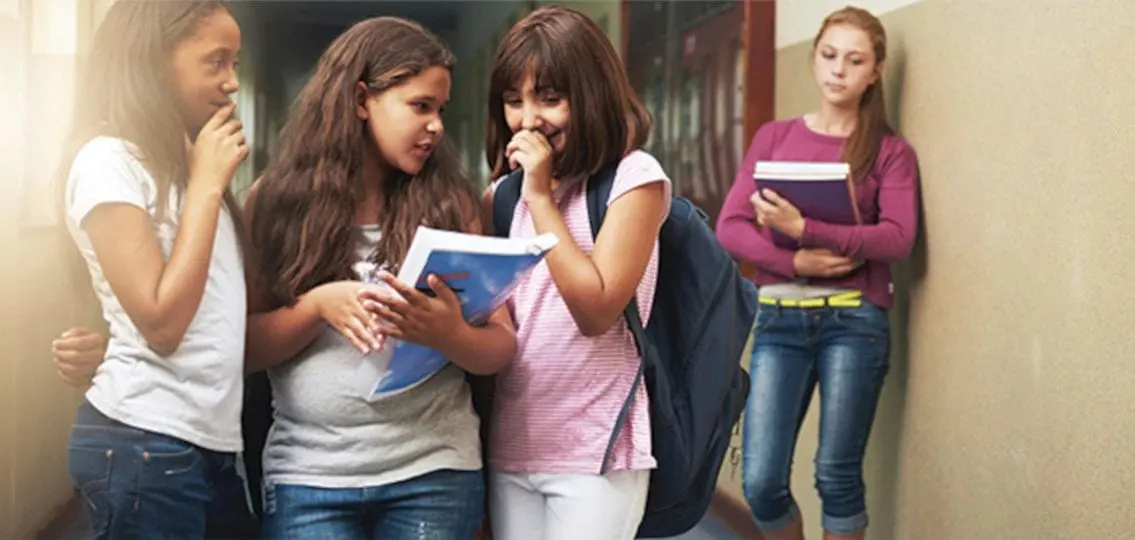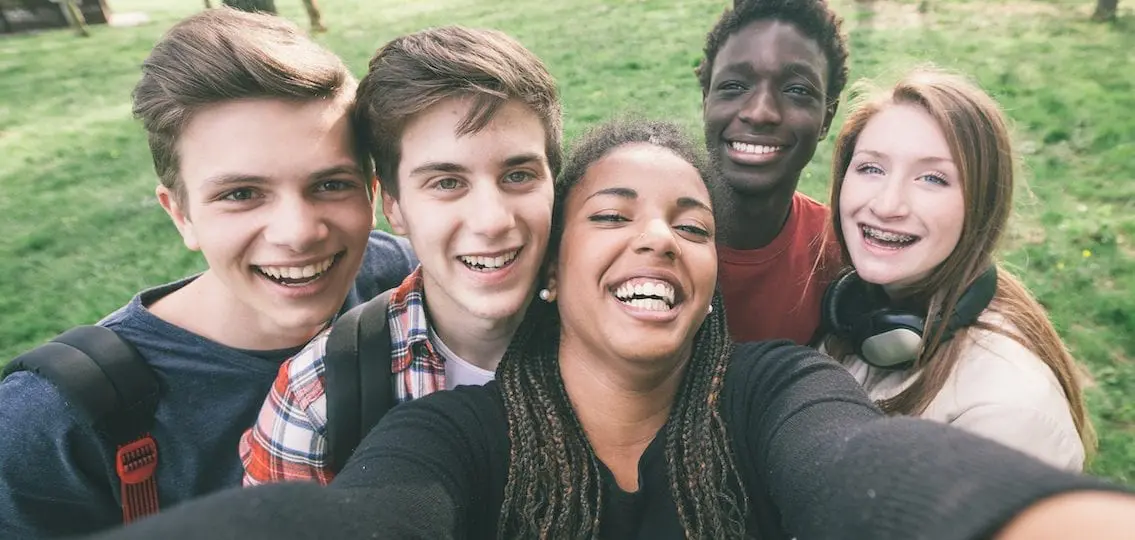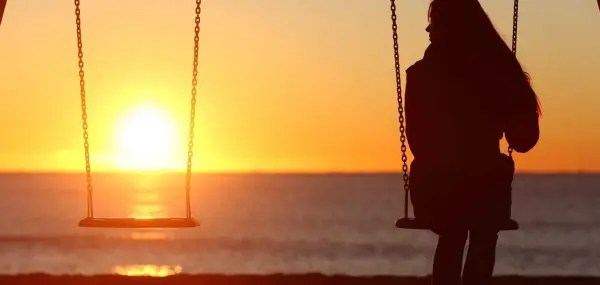How many kinds of “popular” are there in high school? If you are of a certain age like I am, the defining list of high school cliques from my high school years comes from the principal’s secretary in Ferris Bueller: “The sportos, the motorheads, geeks, sluts, bloods, waistoids, dweebies, dickheads—they all adore him. They think he’s a righteous dude.”

But just how many types of popular “righteous dude” are there?
A new study posits that there are very few types of popularity—three, to be precise.
Adolescents place a lot of emphasis on popularity. They are very aware of the difference between being liked and being popular. If forced to choose, many teenagers admit they could prefer popularity.
Popularity, however, has many faces. Prior research has identified two groups of popular adolescents:
- Those who are aggressive
- Those who are prosocial
Prosocial popular teens acquire and maintain popularity through cooperation. Think Cher from Clueless. Aggressive popular teens acquire and maintain popularity through coercion and aggressive behavior. Regina George from Mean Girls comes to mind.
The Third Type of Popularity
Yet teenagers (who probably know the most about high school popularity) describe a third group, which is a blend of the first two.
According to surveyed teens, the most popular classmates are feared AND liked. This group of teens:
- Can be aggressive when needed and then quickly “make nice” to smooth out any hurt feelings.
- Maintains popularity by offsetting the coercive behavior required to maintain power with carefully calibrated acts of kindness.
- Balances getting their way with getting along.
To put this idea about teens who are both loved and feared to the test, researchers from Florida Atlantic University and the University of Montreal in Canada conducted a novel study to examine different types of popular adolescents. For the study, published in the journal Child Development, researchers followed 568 girls and boys in seventh and eighth grade (with a median age of 13) for two years. Students identified those classmates who were aggressive, prosocial, and popular.
Results from the study identified three distinct groups of popular adolescents:
(1) prosocial popular
(2) aggressive popular
(3) bistrategic popular or Machiavellian
Three Types of Popularity: The Breakdown
The bistrategic/Machiavellian group had the highest level of popularity. They were above average on physical and relational aggression, as well as on prosocial behavior. They were viewed by their peers as disruptive and angry but were otherwise well-adjusted.
“Bistrategic adolescents are noteworthy not only for their very high levels of popularity, but also for the way that they balance getting their way with getting along,” said Brett Laursen, Ph.D., co-author and a professor of psychology in FAU’s College of Science. “They were less prosocial than prosocial popular adolescents, but at the same time less physically and relationally aggressive than the aggressive popular adolescents. These youth are truly Machiavellian, maintaining their popularity by off-setting the coercive behavior required to maintain power with carefully calibrated acts of kindness.”
As expected, prosocial popular adolescents were well-liked and well-adjusted.
Aggressive popular adolescents were neither, and they “are troubled on many fronts,” said Amy C. Hartl, Ph.D., senior author, who conducted this study as a psychology graduate student at FAU.
The prognosis for bistrategic popular youth, however, is mixed. On one hand, they are well-adjusted socially and emotionally. They can also, however, have a moderate tendency to engage in social dominance and rule breaking. Depending upon the environment these teenagers are in during high school, these tendencies can either be positive or a cause for concern.

It probably won’t surprise many to learn that teenagers carefully strategize their behavior to get what they want. The trick for parents, perhaps, is to encourage these kids to use their persuasive powers and popularity for good.




